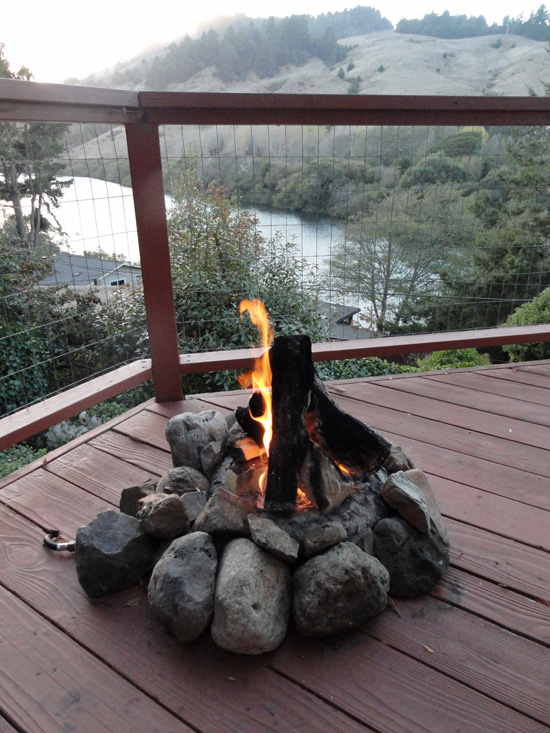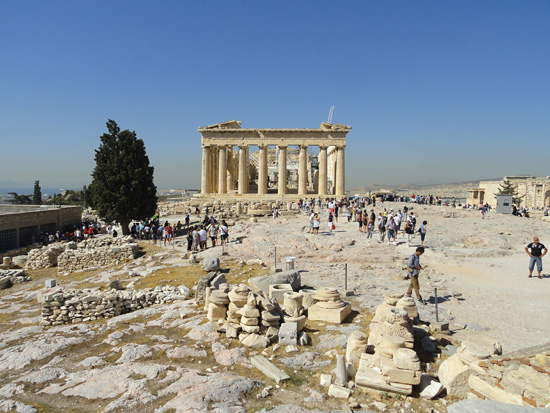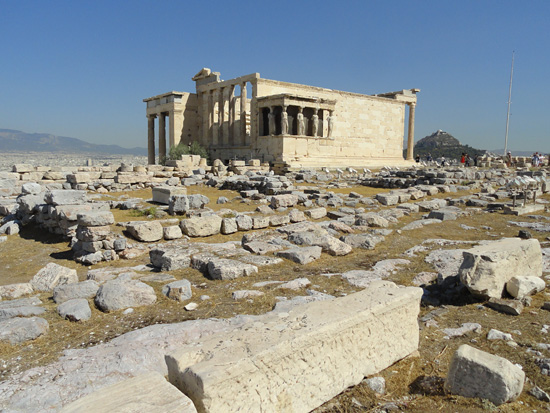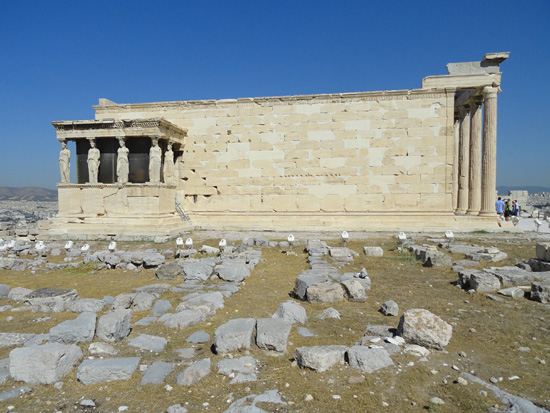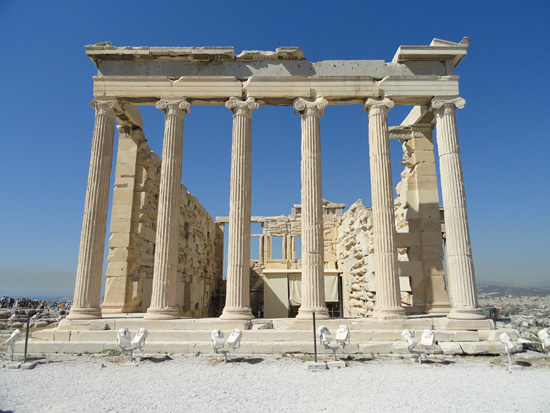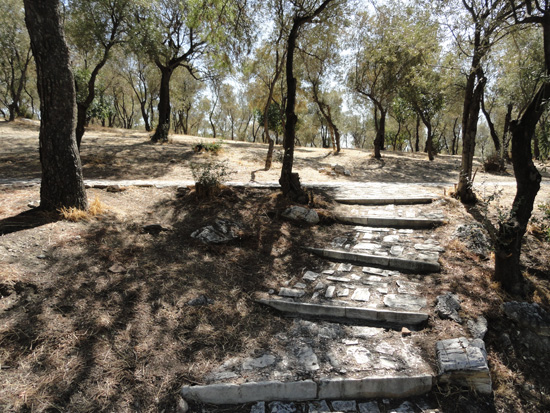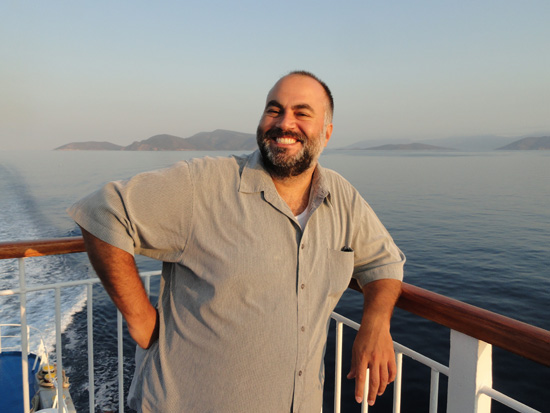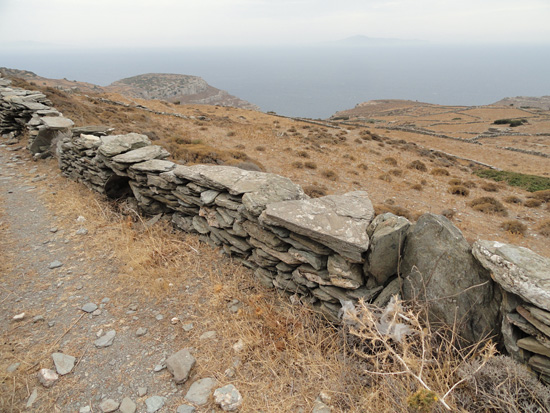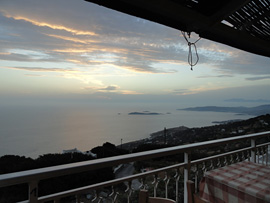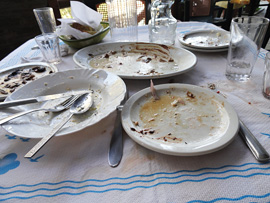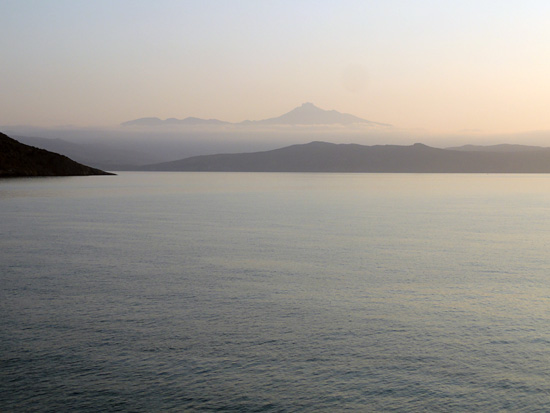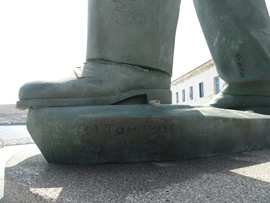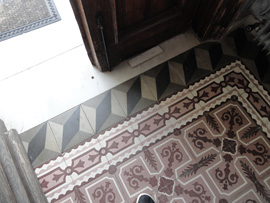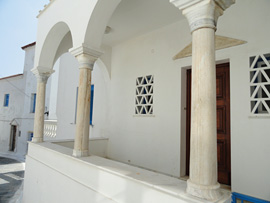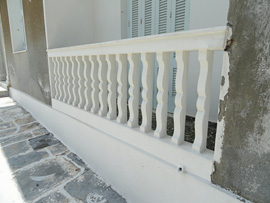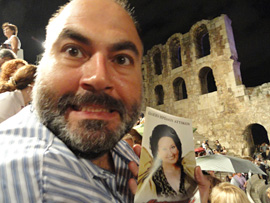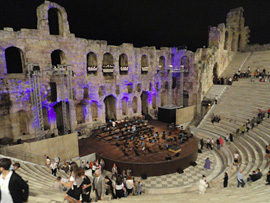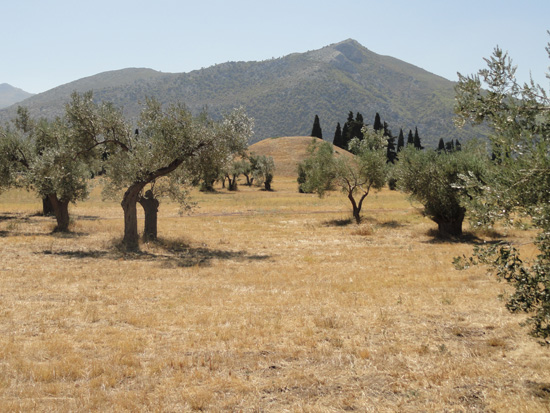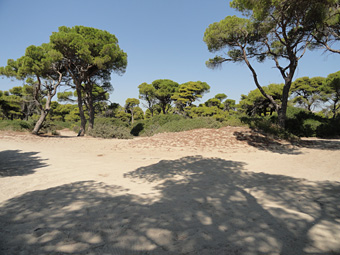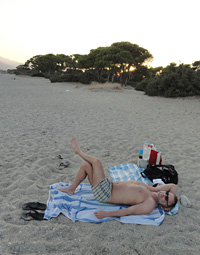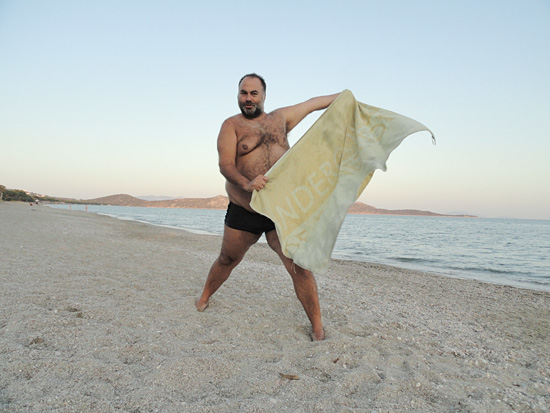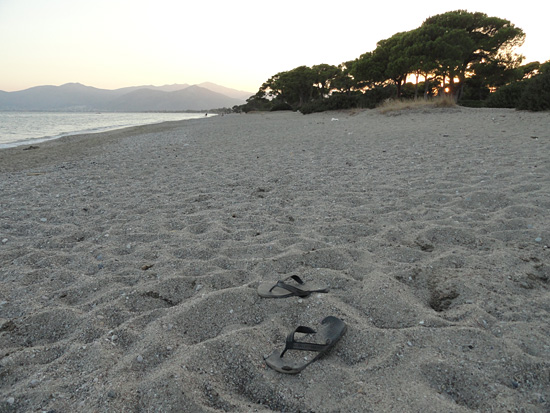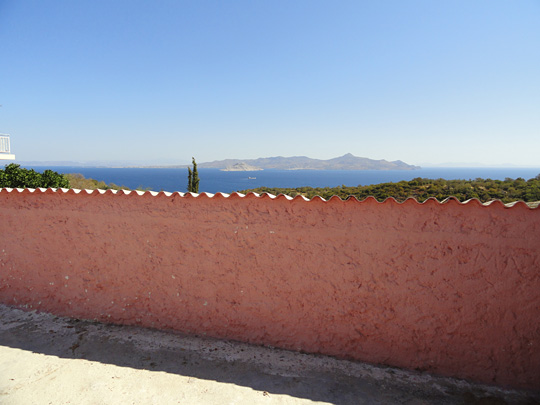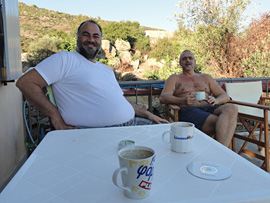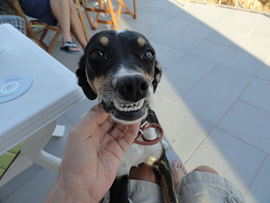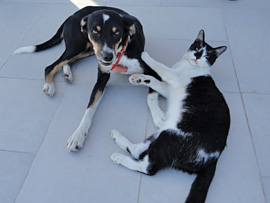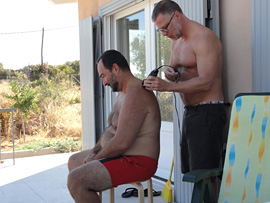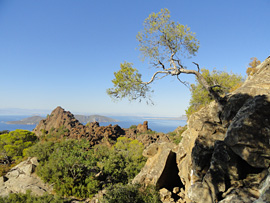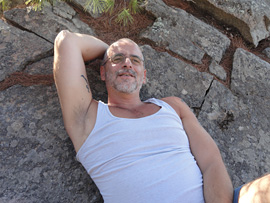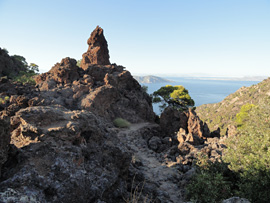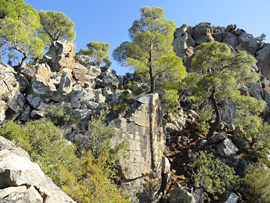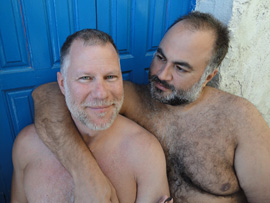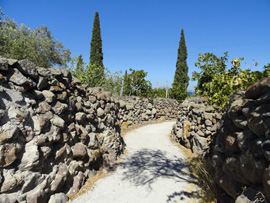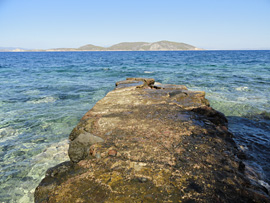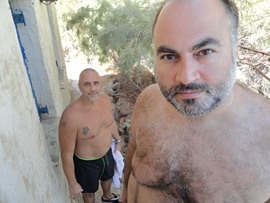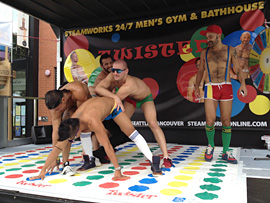A few years ago, when Big Chris and I were here in the winter, a blizzard was predicted to hit a few days before our departure back to San Francisco. “Let’s stick it out and see how it goes.” Well, our flight was cancelled and the earliest the airline could book us out was on a flight leaving about 10 days later. People were skiing down 8th Avenue. This time we decided not to wait around and experience canoes on 8th Avenue, so we booked a flight back today, a hop, skip and a jump ahead of Hurricane Sandy, heading up the east coast to New York City. I’m back in San Francisco now, in my shorts, reading about transportation closures and flight cancellations and breathing a huge sigh of relief.
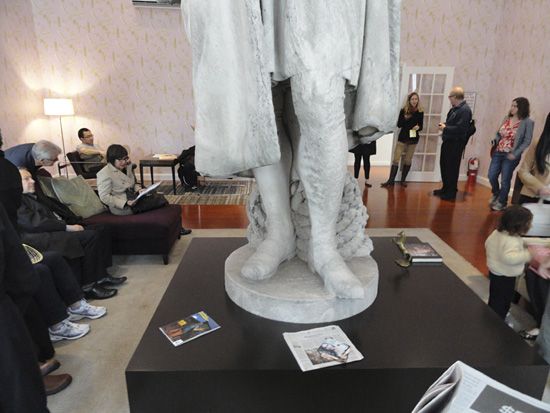
Thursday morning in New York, Chrissy and I visited Tatzu Nishi’s installation, Discovering Columbus, hovering above Columbus Circle. Around the sculpture of Columbus, in the center of the circle, about 6 flights up, Nishi has constructed a living room, with the sculpture of Columbus seemingly plunked down on a coffee table in the room’s center. The room has windows looking out on the cityscape below, approximating the perspective of the statue. There is no reference to Christopher Columbus, his voyages, Indigenous Peoples Day… just a statue in a modestly decorated living room, floating above Columbus Circle, and like what much of public art has become, a thrillingly vapid theme park ride.
And speaking of public space, it’s dominated in Rome by Bernini’s grand marble sculptures of larger-than-life saints, heavenly creatures and river gods, all ecstatic and contrapposto, swathed in lush folds of gravity-defying marble fabric. At the Met, we saw a wonderful exhibition of small-scale terra cotta mockups for many of Bernini’s major commissions. The malleability of the terra cotta shows his hand in a gestural way that is lost in the transition to marble. Thrilling! Also at the Met, we saw concurrent exhibitions of photography, Before- and After Photoshop. A hand-tinted daguerreotype portrait felt magically realistic, like a reflection. There were a bit too many examples of hand-tinting, but there were many cool pictures showing clever montage, staging, darkroom tricks, all demonstrating the pliable nature of photography and the elusiveness of representation.
At MoMA, we saw a retrospective of the Brothers Quay. Their films fetishize a kind of pre-modern turn-of-the-century-ness, and are filled with breathtakingly beautiful images of dust, broken dolls, wire, and anything that’s decaying. In addition to their films, the retrospective included sets, installations, photography, book and poster designs, and childhood memorabilia.
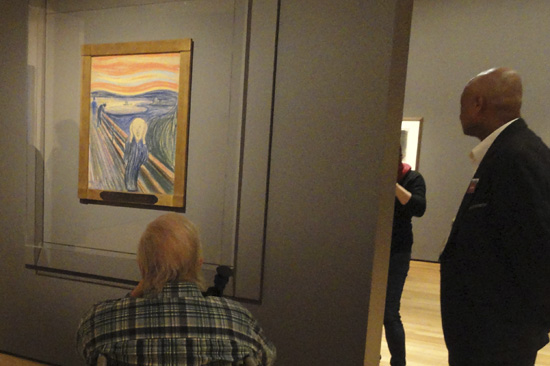
One of the screams is also on display, in a crystal sarcophagus upstairs at MoMA. This is one of four versions that Edvard Munch made, this one executed in pastel, and recently the most expensive painting sold at auction, to a private individual said to be a trustee of the Modern. $120 million. It is a pretty wonderful image, despite its intimidating price tag and bulletproof setting. It’s in a room that contextualzies the image within Munch’s Frieze of Life series, a body of work taking us from birth to death and all the calamitous tragedy in between.
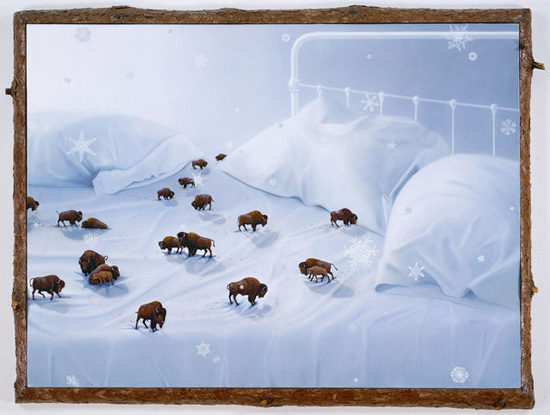
The most touching show in town was another retrospective, at NYU’s Grey Gallery, this one of Frank Moore, who died of AIDS a decade or so ago. He created grandly eloquent allegorical paintings about the degradation of our planet and our bodies from AIDS and the miracle of modern chemistry. They’re almost fairy tales, painted by a gentle soul who found beauty and depth in decay.
Meanwhile, on Broadway, we saw Henry Winkler (the Fonz!) play an aging porn star, sharing the stage with Alicia Silverstone, in The Performers, a hilarious farce that takes place on the night of the Adult Film Awards. We saw the guy who plays Matthew on Downton Abbey in The Heiress. The set was beautiful, but it felt like everybody was Acting, with a capital “A.” I had recently seen the Monty Clift/Olivia de Havilland film version, so I didn’t really feel much, other than slightly bereft. How could any actor live up to those two performances? Which brings me to Who’s Afraid of Virginia Woolf, which we saw last night. It’s really one of the great plays of the 20th century, the writing itself gives me goosebumps. But again, how do you follow up Mike Nichol’s cast from the 1966 version, one of the most perfectly cast films ever?
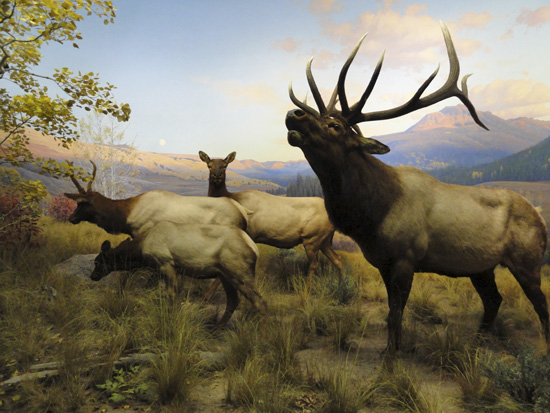
Yesterday the North American Mammal dioramas in the Museum of Natural History were opened to the public, after a lengthy restoration. They are just spectacular. Wolves, bison, spraying skunks… this is definitely a guy museum. I saw hardly any women, except in the gem section, which was all female. The other girls I saw were being pulled around by their boyfriends, or monotonously pushing perambulators behind overly-enthusiastic husbands. Boys, and mammals, everywhere.
Like this:
Like Loading...
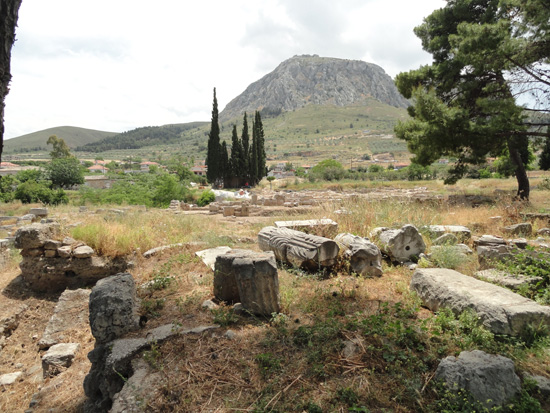

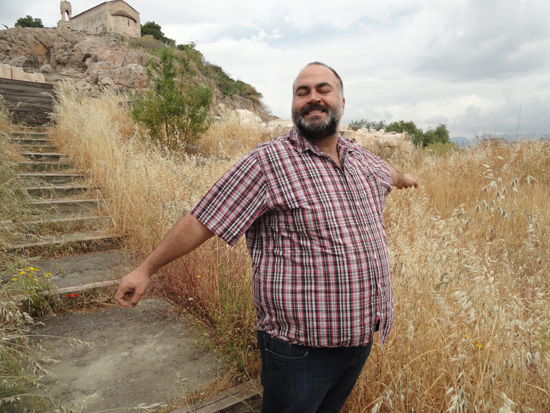
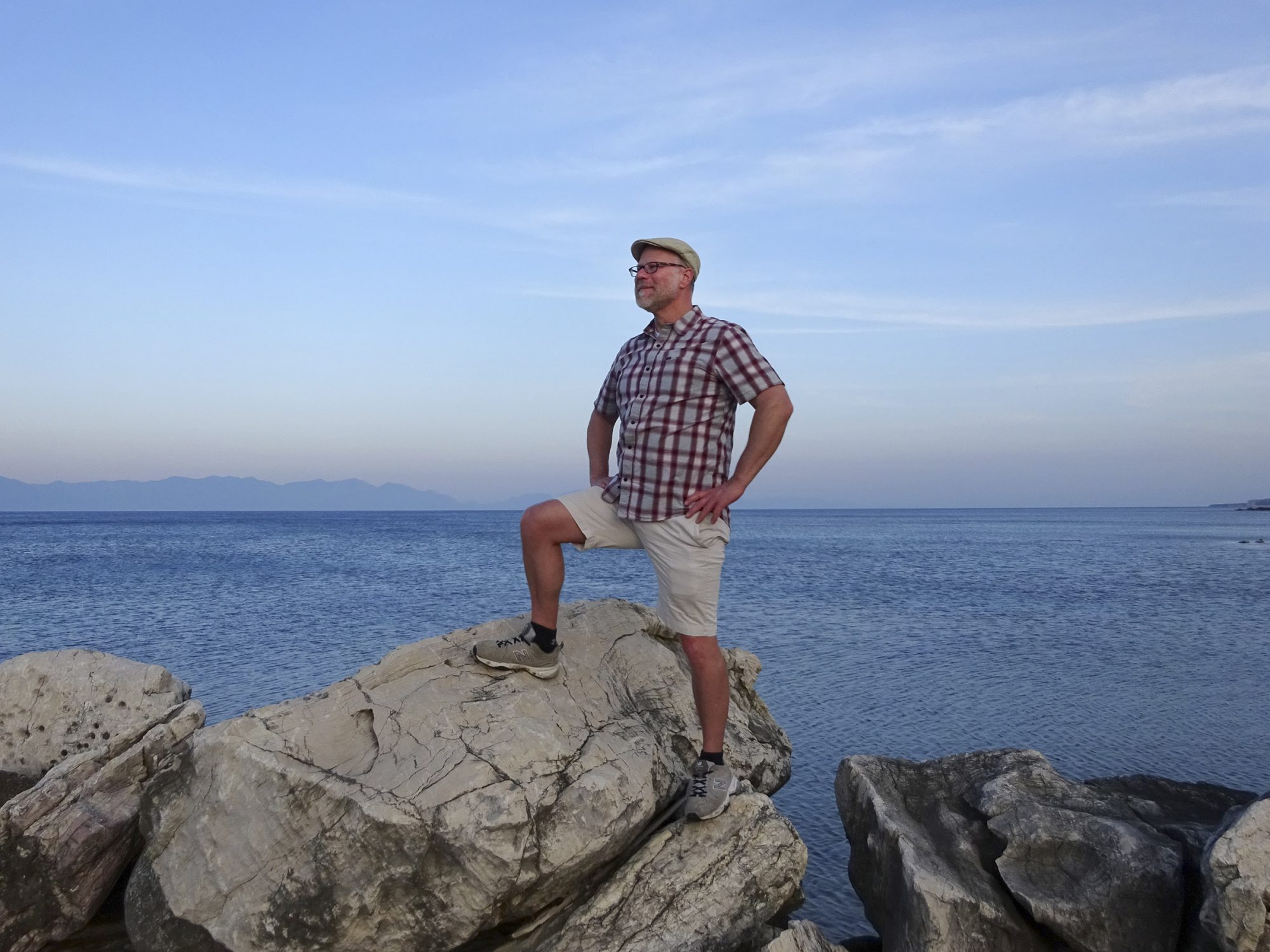




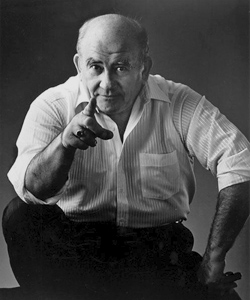 At the end of the play, Chrissy said, “Isn’t he just the cutest thing?” and I replied, “Yes, he really is looking more and more like Santa,” wiping a small tear from the corner of my eye. Perplexed, Chrissy replied, “I was talking about Paul Rudd.”
At the end of the play, Chrissy said, “Isn’t he just the cutest thing?” and I replied, “Yes, he really is looking more and more like Santa,” wiping a small tear from the corner of my eye. Perplexed, Chrissy replied, “I was talking about Paul Rudd.”